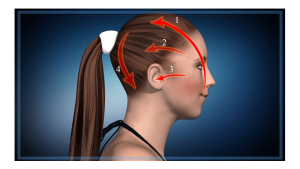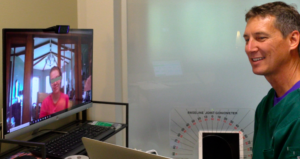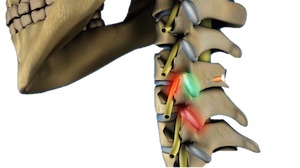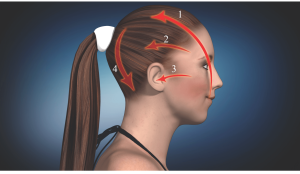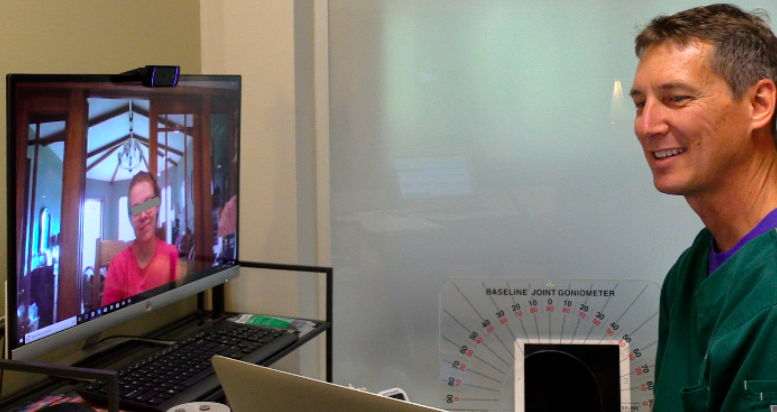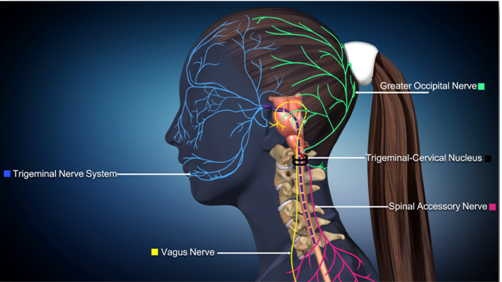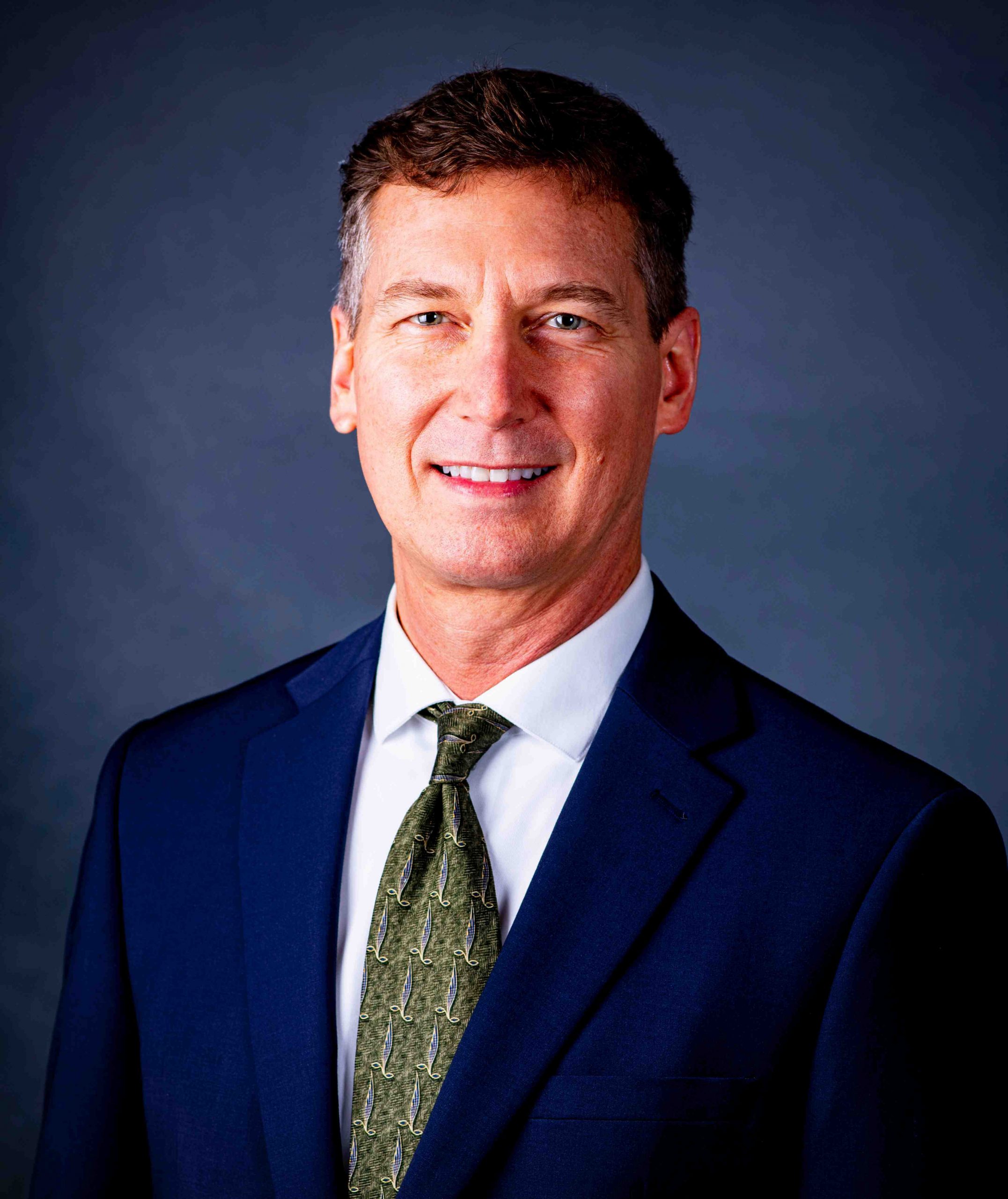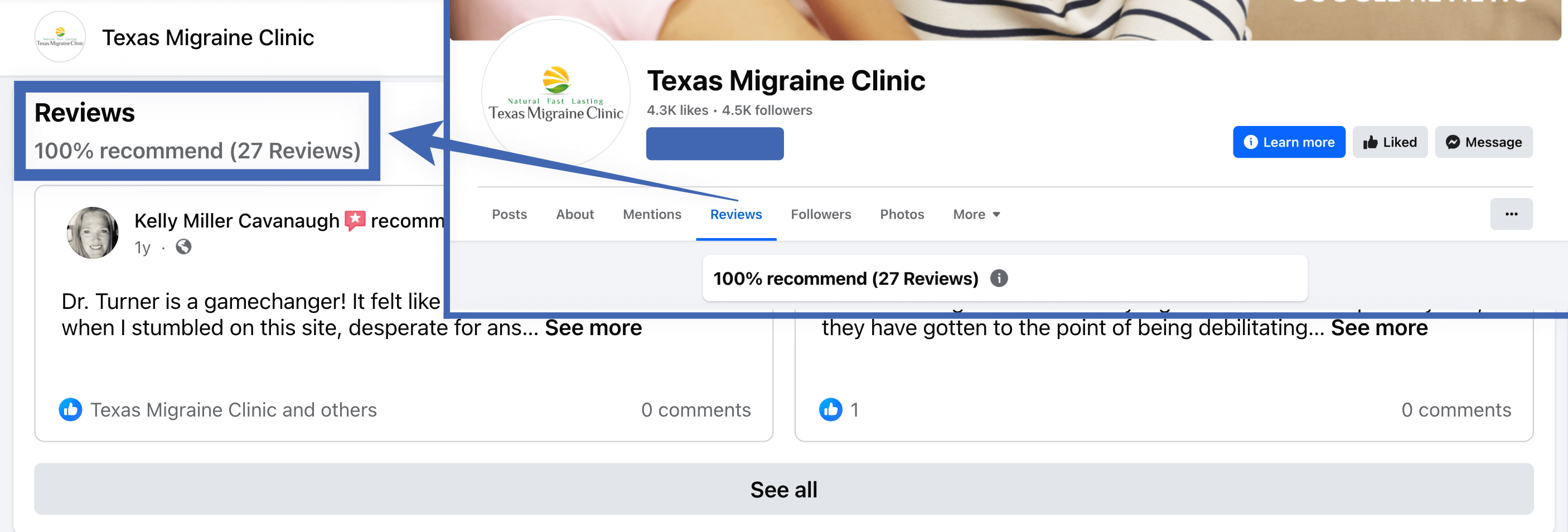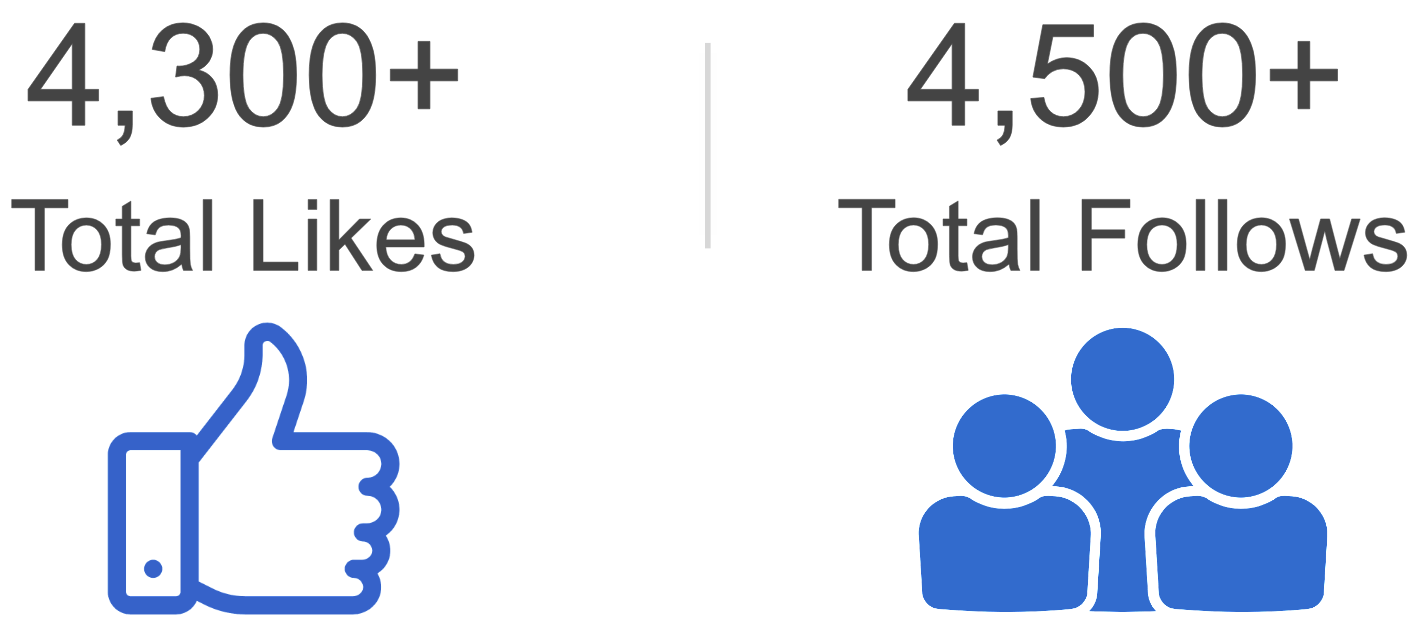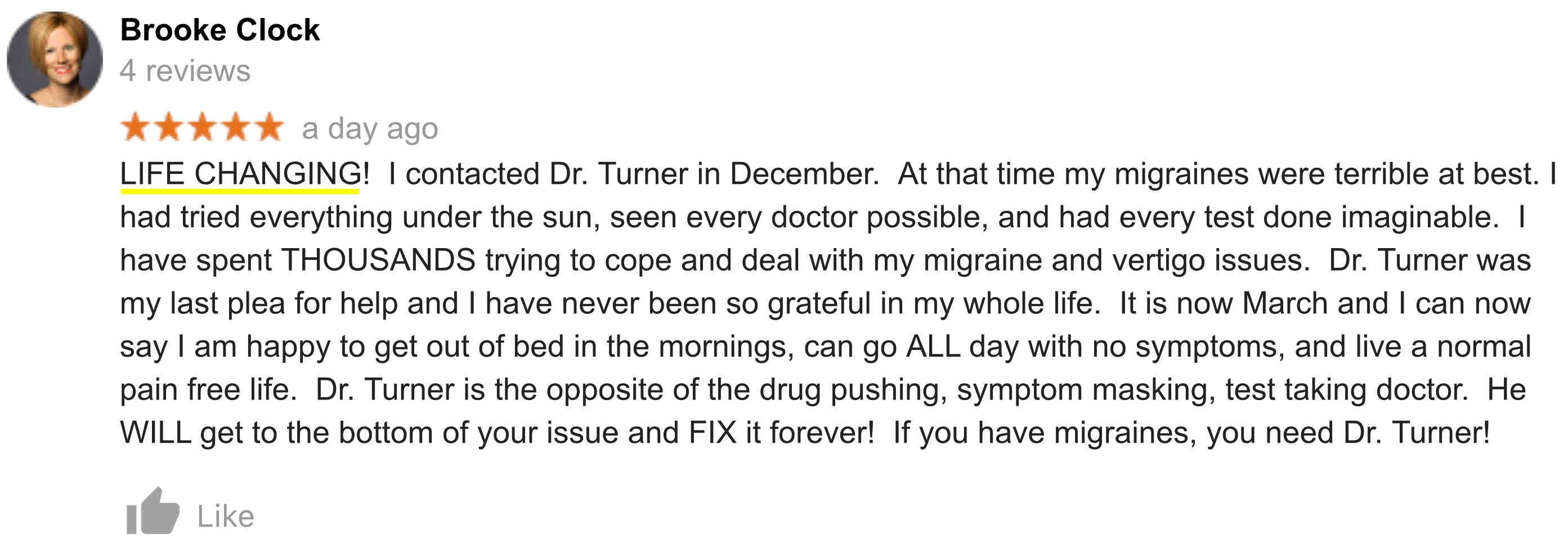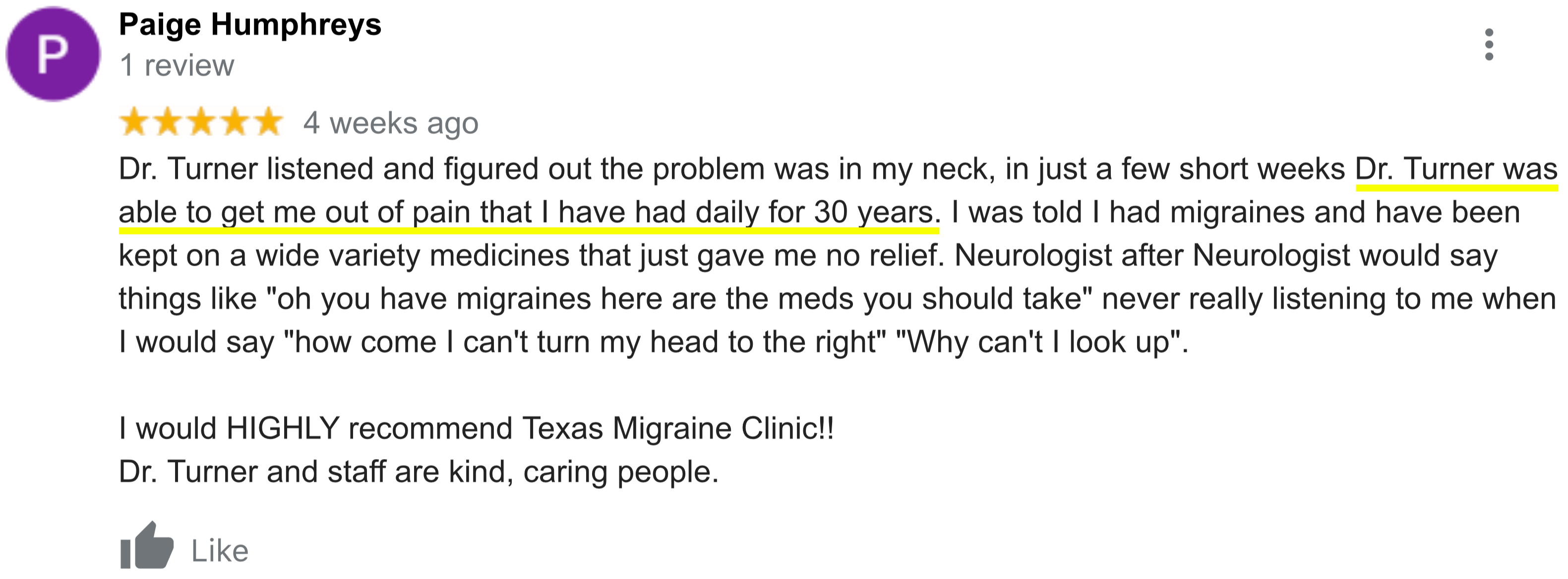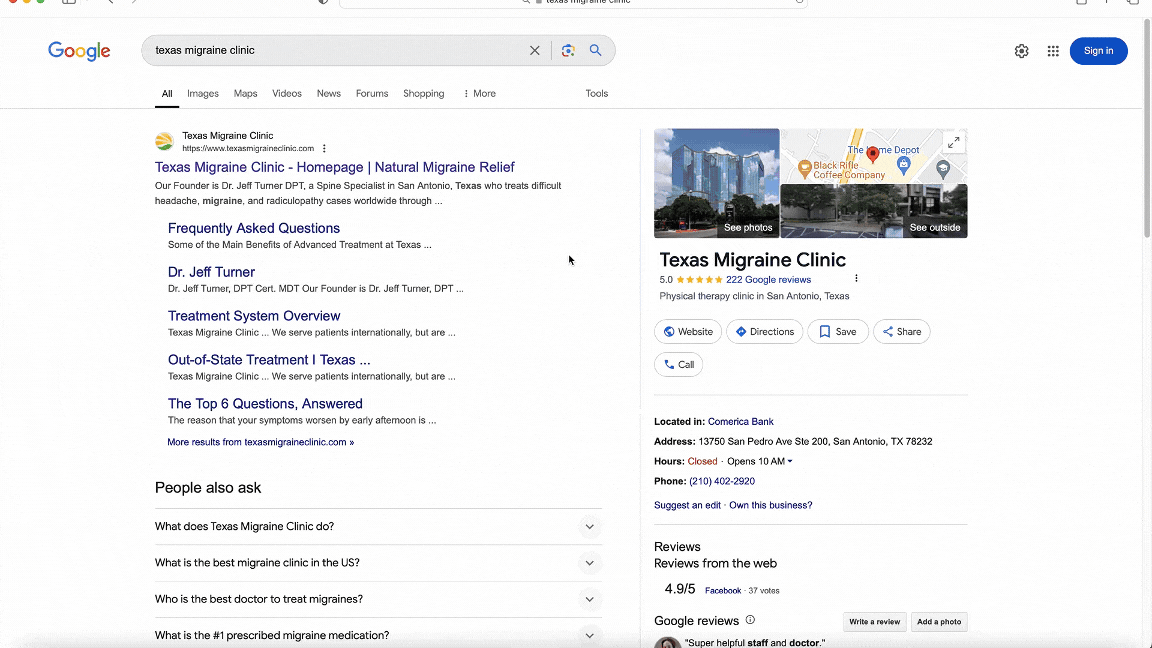Headache and Migraine Treatments
There are many headache & migraine treatments, therapies, and interventions available. So which one is for you?
Treatment Types
Surgery
Perhaps the most invasive of available treatments is surgery. Furthermore, post-surgery check-ups must often occur on a recurring basis.
Such surgery treatments can include: nerve decompression surgery, Omega procedure, septoplasty for migraine, microvascular decompression for trigeminal neuralgia, and Gamma knife radiation surgery for trigeminal neuralgia
We don't recommend surgery for headaches & migraines for multiple reasons. That's because: (1) the results can incur permanent damage to nerves, (2) can involve other complications other than the surgery itself, (3) often means a commitment to seemly endless post-surgical follow-ups and, most importantly, (4) we've found these issues are fixable in most all cases without surgical treatments. It's also important to note that naturally correcting these issues (as we believe they should be corrected) becomes more difficult as anatomy is changed through headache and migraine surgery.
Learn more about trigeminal neuralgia surgery here: https://www.texasmigraineclinic.com/treatments/trigeminal-neuralgia-surgery/.
Injections
Injections have the capacity to relieve symptoms for up to a few months on end. They, however, such treatments must be repeated again and again. Such injections often include a protein (such as Botox), epidural steroid injections (ESI), and CGRP Injectables such as Aimovig, Ajovy, and Emgality.
Medications
There are many types of medications available for headaches and migraines. Examples of common ones include Topamax, Propranalol, Amitriptyline, Depakote, Gabapentin, and Neurontin.
Topical Muscle Relaxers
Topical muscle relaxers can calm the muscles down in some cases leading to less nerve irritation.
Oral & Nasal Medications
Type 1: Non-Preventative (Acute Medication)
These can include:
Pain/Relievers / Analgesics like Excedrin, Advil, Motrin, Tylenol, Aleve
Triptans (like sumatriptan (Imitrex / Treximet) / rizatriptan (Maxalt MLT / Maxalt)
Ergotamines/Ergots / Ergot Alkaloids
Anti Nausea Medications
Glucocorticoids
Antihistamines
Type 2: Preventative Medications
Often includes: Topirimate, Topamax, Amitriptyline
Antihypertensives / Blood Sugar Regulators (such as beta blockers / calcium channel blockers / angiotensin receptor blockers)
Anticonvulsants / Antiepilleptics (such as Topamax or Trokendi)
Antidepressants
Chiropractic
Chiropractic can prove useful for headaches & migraines. This oftentimes includes upper cervical chiropractic adjustments and/or nucca adjustments. Though the result is often effective relief, these treatment sessions must be repeated over & over again.
Massage
Massage for headaches & migraines often provides short-term relief. It pairs well when stacked with chiropractic. However, both types of sessions must be repeated simultaneously over & over again. We've found it's better to just fix the problem causing headaches & migraines so they go away instead of non-step therapies & treatments.
Acupuncture
Acupunture methods such as dry needling may help in some cases.
Physical Therapy
Physical therapy for the cervical spine is a better place to start as an intervention for headaches and migraines. That's because the cervical region of the spine is a critical point in the resolution of headaches and migraines.*
Yoga
There are many that find Yoga helps with headaches & migraines. However, in our experience, chiropractic & massage often yield better results when stacked together than yoga alone.
Various Supplements
Various supplements can be useful in relieving headache & migraine symptoms. We often recommend ginger and magnesium citrate.
Essential Oils
Many believe essential oils for headaches & migraines make a difference, usually due to the anti-stress & relaxation benefits of the oils. These may often tie in with various relaxation therapies.
Diet Plans
There are many diet plans available for preventing headaches & migraines. However, even on these diet plans, the headaches & migraines are still waiting to rise once the diet is stopped. This is why it's important to fix the problem causing the headaches & migraines to emerge, so even if a diet is broken (even on accident), the headaches & migraines can't even start. Such diet plans can include no sugar diets, no MSG diets, only meat diets, and no milk diets. These can be quite effective in many cases. However, the downside is that, as mentioned, the headaches & migraines are waiting in the background to appear again resulting in symptoms as long as what's causing them isn't fixed.
Biofeedback
Biofeedback therapy helps those with headaches & migraines recognize the physical symptoms that anxiety and stress are making them feel. This mindfulness may promote relaxation. However, we've found that in most cases, the results are very short-term relief because once the mindfulness is stopped, the anxiety appears again unless a lasting, mindful change has been achieved. Such mechanisms used in biofeedback include EEG and EMG biofeedback methods.
Electrical Stimulation
Electrical stimulation treatment devices such as Cefaly and others have been gaining traction in the headache & migraine community lately. However, they don't fix the issues actually causing the headaches and migraines. This is because the nerves are experiencing manipulation, but are still subject to the issues irritating them.* This means that electrical stimulation may decrease symptoms short-term in some cases, but doesn't fix the deeper issue(s) causing symptoms in patients.*
Stress Management / Relaxation Training
It's no secret that stress is an aggravator of headaches & migraines. Relaxation training helps alleviate the effects stress has on upregulating headaches & migraines. Biofeedback can be considered as a relaxation training method.
Stress management interventions work on the premise that psychological stress can have bodily effects such as upregulation of nerves. This, in turn, can make headaches & migraines occur more easily. In our experience, psychological stress does pay a major role in the healing of headache & migraine issues. However, most stress management techniques today are short-term, without lasting effects. Because of this, it's difficult to stay in the correct mindset all day, every day. That's why we believe it's better to fix what's causing the headaches & migraines in the 1st place, instead of avoiding them with stress management techniques.
Oxygen
Some of those with intensive cases (such as cluster headache cases), may find oxygen to be useful for short-term relief. However, the effects are usually only short-term, and don't fix what's causing them in the 1st place.
Laser
Research indicates that laser therapy may be effective for headaches & migraines using LLLT (Low-Level-Light-Therapy). However, after using a laser in-clinic for more than 7 years, we failed to see effective results for our patients, and have, instead, stuck to the Advanced Treatment which, we've found, is powerful enough to completely fix headaches & migraines (in most cases) from where they start for lasting relief.
Deep Tissue Work
Some get relief through deep pressure methods such as Airrosti. However, like most all other treatments, these sessions have to be repeated over and over again. That's because what's actually causing the headaches & migraines is still ocurring in the background, though symptoms can often get lessened through deep tissue work.
Other Treatment Approaches, Therapies, and Interventions
Reflexology
Traction
Postural Correction / Stretching / Strengthening
Complementary & Alternative Medicine (CAM)
Spinal Mobilization
Spinal Manipulation
Strigger Point Therapy
Manual Therapies
Tempormandibular Exercises
TMJ Mouth Guards & Splints
Cranial Sacral
Diagnostic Anesthetic Blockades
Radiofrequency & Ablation
Occipital Nerve Blocks
Sphenopalatine Ganglion Block

